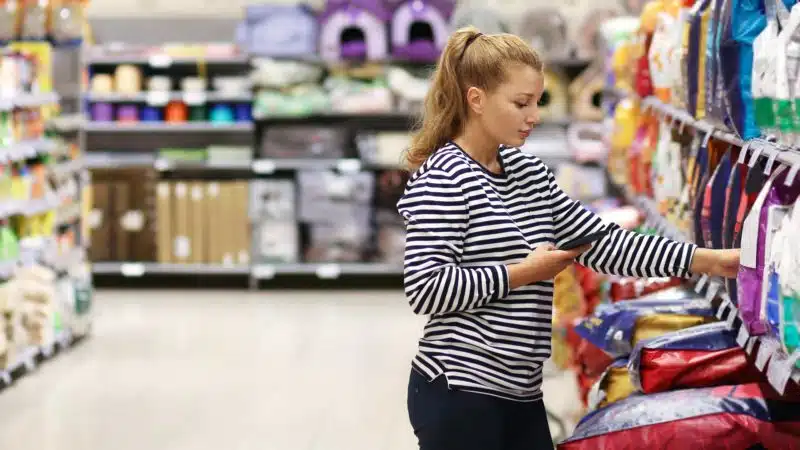New marketing tactic to keep hot categories growing
Some sales soared during the pandemic. Comping that growth is the hard part. Here’s help.

The pandemic has been a very profitable time for some businesses. Merchants that sell alcohol or pet food, for example, saw sales soar. It turns out that during a pandemic, people turn to the same sources of solace they turned to throughout history in difficult times: animal companions and booze.
These comforts got many of us through the nightmare of COVID-19. In fact, data shows that these things got VERY many people through the pandemic. Total pet industry revenue in 2020 hit a record $103.6 billion in 2020, with sales of pet food and treats reaching a record $42 billion, according to Pet Food Processing magazine.
There was a similar boom in alcohol sales. In March of 2020, when COVID-19 began to spread rapidly in the U.S., retail alcohol sales shot up as much as 55%. Such sales rose consistently for a year. Total sales in liquor stores from March 2020 through September 2020 jumped 20% to $41.9 billion, according to MarketWatch, citing data from Columbia University Mailman School of Public Health.
Tidal shift
A rising tide like what we saw in alcohol and pet food sales likely did raise all boats in those industries. But the tide has shifted now. Life is returning slowly, to normal. So are sales of pandemic-boom products.
There’s unlikely to be a continuing surge of new pets in American homes. Nor is it likely the drinking patterns of the pandemic will continue. Merchants must now try to keep as much of their newly gained customers but also focus on the traditional battleground: winning market share from competitors. To do that, you need data that points the way.
A new product from Commerce Signals, a Verisk Financial business, provides exactly that.
Commerce Signals recently debuted “product-level audiences” that enable brands to target ads directly to buyers of their categories. To protect privacy, these audiences are modeled at a micro-cohort level from actual purchase behavior. The models are then tested against the larger population for accuracy. So, in non-scientific terms, think of these audiences as highly likely buyers.
There are five standard audience segments available now:
- Likely beer buyers
- Likely wine buyers
- Likely liquor buyers
- Likely dog food buyers
- Likely cat food buyers
But those syndicated audiences are just the start. Commerce Signals can tailor these audiences further to meet the needs of your campaign. Want to target wine buyers who haven’t shopped at your store in the past three months? Commerce Signals can help. Want to reach dog food buyers who also are heavy Petco shoppers? That’s possible with Commerce Signals custom audiences too. You can combine geo, demo, and other data to refine the audiences even more by requesting a custom audience through the LiveRamp marketplace or directly from Commerce Signals here.
When you have access to data like this, it’s possible to cut unnecessary waste from your digital campaigns and market to shoppers with relevant offers based on their likely behaviors.
Real purchases equal real insights
The product-level audiences, like all of Commerce Signals’ products, are based on actual purchases made by real people. Commerce Signals tracks sales and share from credit and debit transactions made with Visa, Mastercard and other cards from 40 million households.
Purchase transaction data is the best way to understand consumer behavior. And now, you can activate based on it too.
To learn more visit commercesignals.com
Related stories
New on MarTech
